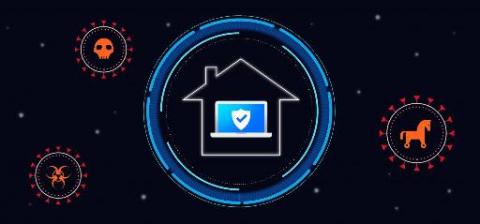What is a Brute Force Attack?
A brute force attack is a popular cracking method that involves guessing usernames and passwords to gain unauthorized access to a system or sensitive data. While a relatively simple, brute force methods continue to have a high success rate and account for over 80% of attacks on web applications.








